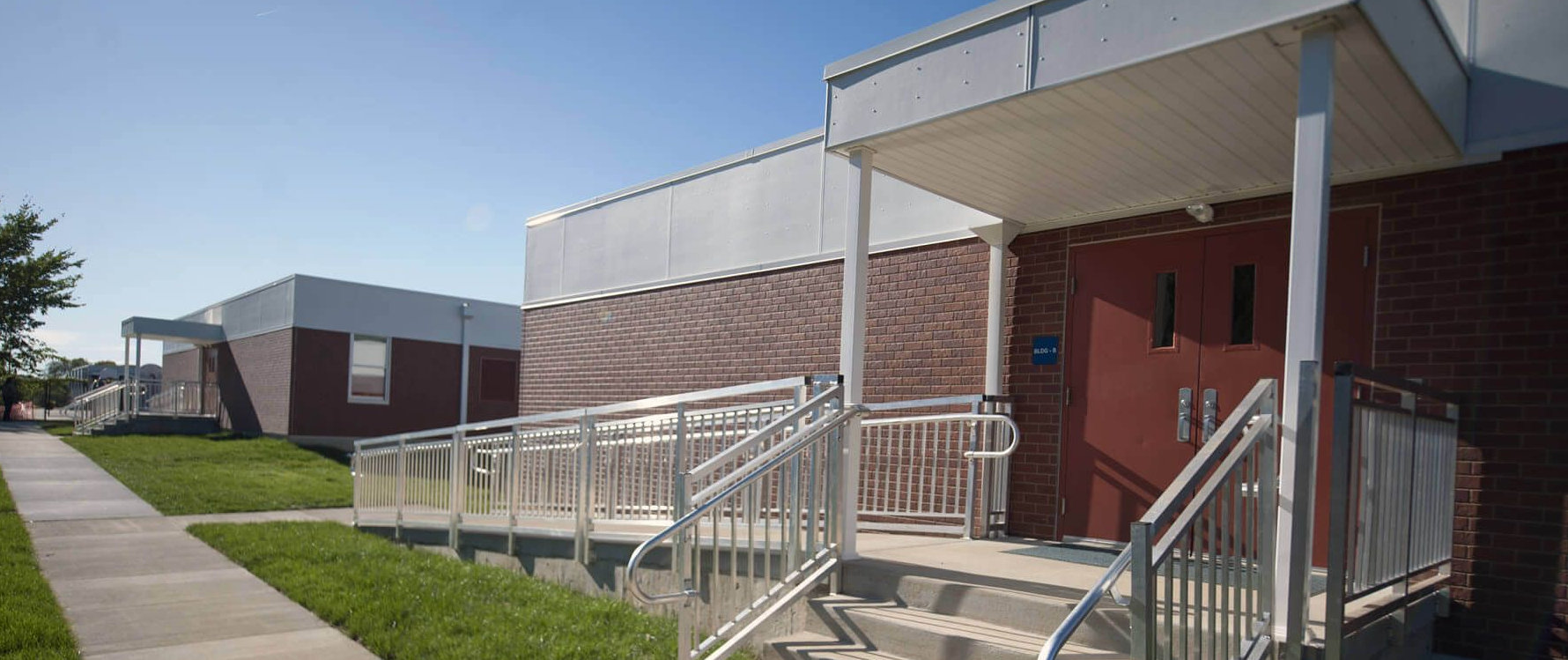Modular Building Design Trends

At Modular Genius, we not only have a deep understanding of modular building design trends. We also set them, as we have for more than a decade. We’ve seen the dynamic evolution of the modular industry and have been at the forefront. As the demand for efficient and flexible spaces continues to grow, architects and designers are pushing the boundaries of modular construction, giving rise to exciting design trends that redefine the possibilities of prefabricated structures. Here are just a few.
Sustainable Design Integration
A leading trend in modular building design is the seamless integration of sustainable practices. From eco-friendly materials to energy-efficient technologies, modular structures are increasingly prioritizing environmental responsibility. Designers are exploring ways to minimize construction’s carbon footprint through using recycled materials, renewable energy sources, and green building certifications.
Tech-Infused Living Spaces
Smart technologies are transforming how we live, and modular buildings are no exception. The latest trend involves integrating cutting-edge technologies into modular designs, creating smart living spaces. These innovations, from automated climate control and lighting systems to smart home security, enhance modular structures’ comfort, efficiency, and overall experience.
Adaptable Interiors
Flexibility is a cornerstone of modular construction, and current design trends focus on creating interiors that can adapt to changing needs. For example, we’re designing modular structures with movable partitions and customizable layouts, allowing occupants to configure spaces based on their specific requirements. This adaptability is essential in environments where the functionality of a space may evolve.
Outdoor Integration
Blurring the lines between indoor and outdoor spaces, modular designs increasingly embrace outdoor integration. Whether through rooftop gardens, balconies, or expansive windows that connect interior spaces with nature, this trend enhances the overall living experience. Outdoor integration looks great and contributes to a sense of openness and connection to nature.
Modular Office Collaborative Spaces
Open-plan offices with modular workstations, flexible meeting rooms, and communal areas foster collaboration and innovation. The design prioritizes adaptability, allowing companies to reconfigure office layouts as team dynamics evolve.
Education Evolution
Modular design trends extend to the education sector with innovative school and classroom design approaches. Modular classrooms are designed to enhance flexibility, accommodate evolving teaching methods, and provide an environment more conducive to learning. The use of modular structures in education reflects a commitment to creating modern, adaptable spaces that support the diverse needs of students and educators.
Luxury Modular Living
Luxury and modular design converge, giving rise to high-end modular homes rivaling traditional custom-built residences. Architects and designers incorporate premium finishes, upscale materials, and sophisticated aesthetics into modular designs. This trend challenges preconceptions about the limitations of prefabricated structures, offering a luxurious alternative for those seeking a contemporary living experience.
Multifunctional Spaces
Modular building design increasingly focuses on creating multifunctional spaces that serve multiple purposes. From living areas that transform into workspaces to modular furniture that adapts to various functions, this trend emphasizes the importance of maximizing the utility of every square foot in a modular structure. It caters to the diverse needs of occupants, promoting efficiency and versatility.
As modular building design trends evolve, we’ll evolve with them at Modular Genius. You can call 888-420-1113 or contact us online for more information.